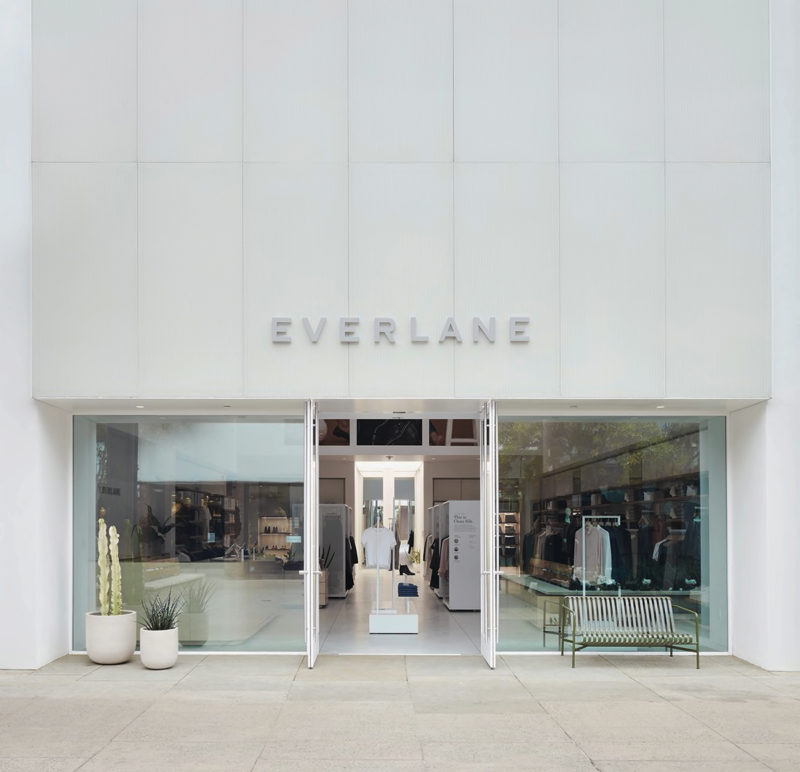
Photo source: Everlane
In many ways, 2020 seems to be a year of reckoning for the fashion industry. While the environmental movement has been voicing concerns about the unsustainable nature of our consumption habits for years – not to mention the environmental and social impacts – it was the Covid-19 pandemic that fundamentally shattered the industry and forced brands to rethink their future operations. As a direct consequence of the virus, consumers changed their buying habits, clothing sales plummeted, companies were forced to halt manufacturing and even close some of their stores.
While the change in consumption habits may be a positive outcome in the long run (provided it sticks), the current situation is nothing to be cheerful about. We may not shed a tear over the loss of profit for gigantic fashion houses like H&M, but unfortunately, it’s not the management that has to bear the brunt of the crisis, but the workers and employees. And the last few months have proved that they are still the most vulnerable and most exploited ones in the supply chain.
The pandemic and the latest wave of the social justice movements (like Black Lives Matter) have shed light on the many atrocities workers have to suffer in their everyday lives. From brands refusing to pay for orders already made, through sudden mass layoffs, and failing to provide safe working environments to widespread corporate racism and discrimination, there were new headlines almost every single day detailing the horrible way companies treat their workforce.
And unfortunately, even supposedly ethical and sustainable companies were not immune to these scandals. Just take the example of Everlane, a company that’s been one of the major success stories of ethical fashion – until now.
The beginnings – A millennial dream brand
Everlane was founded in 2010 with the mission of disrupting the fashion industry with radical transparency. In the notoriously secretive and shady fashion world, Everlane’s promise of transparent pricing was a much-needed light in the darkness. Finally, there was a brand we felt was not out there to deceive us. Its ethical mission was even more radical as at the time sustainable and ethical fashion was a much more niche concept, the environmental and human rights problems of fast fashion were not as widely discussed as now.
But it wasn’t only Everlane’s ethical practices and noble goals that quickly made them a fashion darling. After all, ethical and fair fashion brands long existed before Everlane, but they were rarely embraced and promoted by fashion magazines and influencers.
But Everlane was different.
Everlane was cool. It was not only ethical and sustainable but also fashionable and trendy. It fit in nicely with the subdued minimalist aesthetic and carefully curated aspirational lifestyle popularized by Kinfolk and Cereal at the time and also capitalized on the normcore trend of the 2010s. Another benefit of Everlane was its relative affordability and clever pricing. The clothes were not cheap so they signaled quality, but were not as expensive that young professionals could not afford them.
Everlane’s star quickly started to rise – they have secured multiple rounds of funding, doubled their sales for many consecutive years, expanded their collections to include everything from denim to shoes, gathered an army of dedicated, loyal fans, recruited some big-name fashion influencers, and even opened some brick-and-mortar stores.
They seemed to be unstoppable.
The fall – greenwashing, union busting, and a racist company culture
Over the years, there have been some voices that questioned how sustainable and ethical Everlane really was, but overall, the brand’s reputation was unharmed and they were generally regarded as a cool, trendy ethical company. However, this quickly started to change at the end of 2019.
In December 2019, Everlane’s Customer Experience team has announced its intentions to unionize. In the announcement, they have emphasized their dedication to and belief in the company’s mission, however, they felt that they were often treated unfairly compared to other employees. To understand the reasons, it’s important to know how the company structures its workforce: at Everlane, there are full-time employees like the retail workers and employees at company HQs, and part-time workers like the customer service team. They work from home and their workload is, theoretically, capped at 29 hours (which means it’s below the threshold of 40 hours when the company is required to provide benefits like health insurance).
Now, of course, part-time work can be a legitimate mode of employment. Ideally, it should be up to the people to choose it knowing that while they may not get the same benefits, they gain other things, like a flexible work schedule. However, if it’s not a mutually beneficial relationship and workers are simply forced to accept this status or the company does not hold their end of the bargain, that’s a different story. And according to the CX team, this was exactly the situation: Everlane seemed to structure customer service this way just to cut costs. According to the team, the workload was immense, which is not surprising considering that Everlane runs its business by keeping very small inventories. This means they only backorder things when they are sold, which of course results in delayed orders and many disgruntled customers. It was the CX team that had to deal with the complaints and they felt they were not compensated for this – they didn’t have fair wages, benefits, paid medical leave and time-off, and generally were treated as disposable. Their concerns were brushed off, their internal communication platform was eventually shut down. Hence their intentions to unionize and represent their interests collectively.
Everlane did not try to crush the unionization with full force, but they did issue a quite vague and slightly threatening response listing the disadvantages of unionizing (which was also full of lies and misleading statements). It soon backfired and they were forced to issue an apology and promised to improve communications and listen to the concerns.
Things started to speed up in the new year. In January, news came out that workers were forbidden to discuss their salaries among themselves, which is actually illegal in the US. And in March, they have laid off almost the entire CX team – without any warning. Of course, by this time, the coronavirus pandemic was in full force and many companies were forced to make difficult business decisions, like laying off employees. However, the circumstances were more than suspicious. First, the employees were laid off just after they have officially asked Everlane to recognize their union. Second, only a few days before, company management sent out a reassuring note to employees that no one’s job is in danger because online sales were going well. The next day, people were let go.
Many people, labor experts, advocates, and politicians (including Bernie Sanders) called this move flat out union busting, which is unacceptable and illegal. But even if I’m giving them the benefit of the doubt and do not accuse them of union busting, is this really an ethical move to send away people without any warning? Without trying to come up with some kind of a solution, like reduced hours? Without any kind of discussion?
The second strike at Everlane’s reputation as a radically transparent and ethical company came just weeks later, in the wake of the most recent wave of the Black Lives Matter movement in June. Similarly to many other brands, Everlane has also published a post supporting BLM, and, similarly to others, quickly came under fire for hypocrisy and fake wokeness. A group of former Everlane employees (dubbed the Everlane Ex-Wives Club), made up of “Black, people of color, white allies, QPOC and queer Black folks” published a 7-page manifesto detailing the racist and toxic workplace culture at the company. They say they have
The manifesto listed many concrete examples, like underpaying over-qualified Black employees, privately berating customers who called for more diversity within the brand, discriminating against Black models, making Black employees uncomfortable with comments and microaggressions, like touching their hair without consent, and stealing employees ideas. As you could expect, Everlane came out with your standard, we’re so sorry, we’re committed to doing better in the future press release. Whether things will truly change, only time will tell.
Decide yourself: is Everlane really about radical transparency? Or, is this, as the Ex-Wives Club put it, more like convenient transparency?
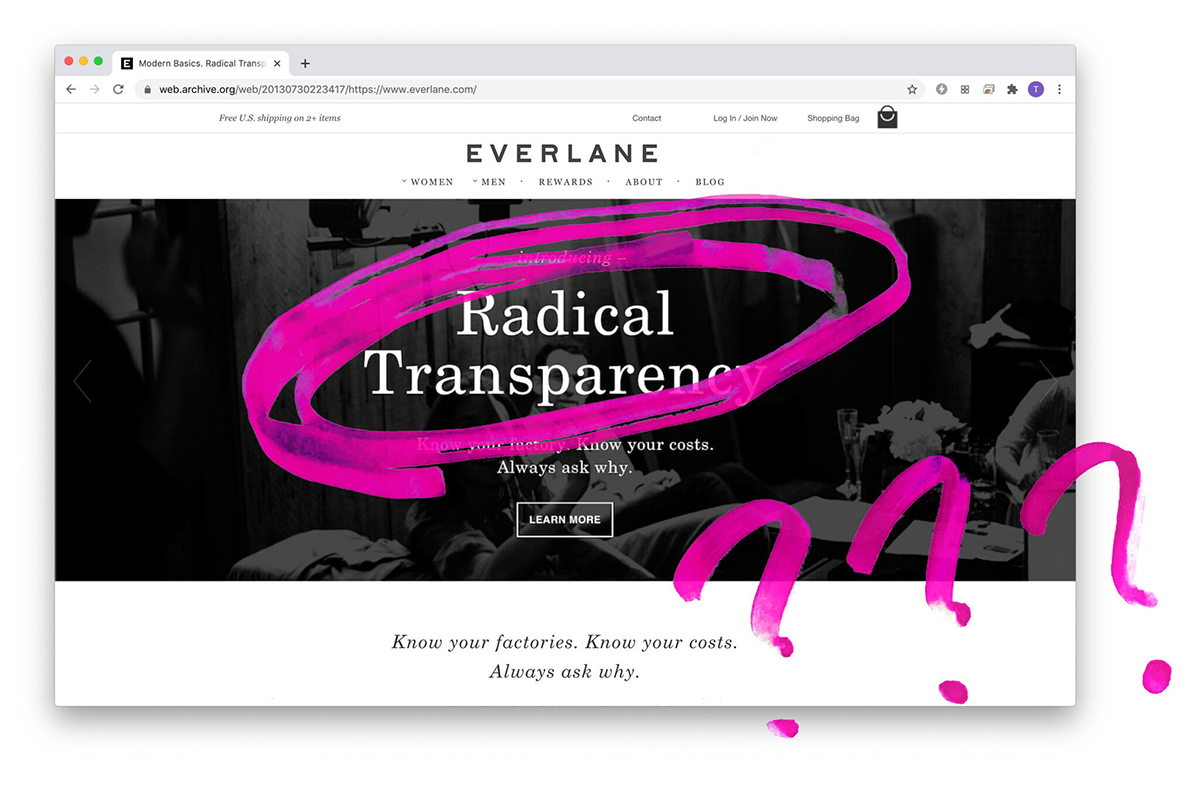
5 lessons to learn from Everlane’s story
There is a growing demand for sustainable fashion
While fast fashion brands are still thriving, the widespread popularity of brands like Everlane means that sustainable fashion stepped out of the ethical shopping niche and entered into mainstream fashion and this development has the chance of positively influencing the whole fashion industry – it proves that consumers are increasingly taking personal values into account when shopping. It can nudge brands to make smaller or bigger sustainable changes, from switching to organic cotton to making their supply change more transparent. And in the long run, the success of the individual ethical brands can help make the whole sustainable fashion industry more affordable and inclusive – as the demand rises, it can drive down prices or enable brands with different pricing strategies (i.e. not in the luxury sector) to enter the market as well.
Related: Fashion Weeks FW 2020 – Did The Industry Finally Embrace Sustainability?
Ethical is not necessarily the same as eco-friendly or slow fashion
Though these terms are often used interchangeably – and there are some major overlaps between them – it’s sometimes worth treating them as separate categories when we’re making research about a brand, just to ensure we do not miss critical components. To make it easier to separate the three, you could say ethical fashion is about the people, eco-, or environment-friendly fashion is about the environment, and slow fashion is about consumption. The following is just how I generally make distinctions between them:
Ethical practices refer to the fair treatment of the people involved in the production on every level, from farmers to garment workers. It encompasses fair wages, safe working conditions, an absolute ban on child and forced labor, the right to unionize and collectively bargain, a transparent supply chain, equal treatment, no discrimination of any kind, no harassment, reasonable hours of work. Cruelty-free and vegan fashion can also belong to this category, though minimizing the use of animal-derived fabrics and materials also has major sustainability benefits.
Eco-friendly fashion is about producing clothes in a way that minimizes negative environmental impacts. Environment-friendly practices include using organic, natural, recycled and biodegradable materials, reducing CO2 emissions and water usage, minimizing waste, using renewable energy, and so on.
Slow fashion is a quite self-evident term – it’s about slowing down the consumption of clothes. Brands that produce clothes with this mindset typically release only a few collections each year (as opposed to fast fashion companies that come up with new clothes every two weeks), they value quality above quantity, they try to source and produce clothes locally, and help consumers make clothes last by adopting repairing and recycling practices.
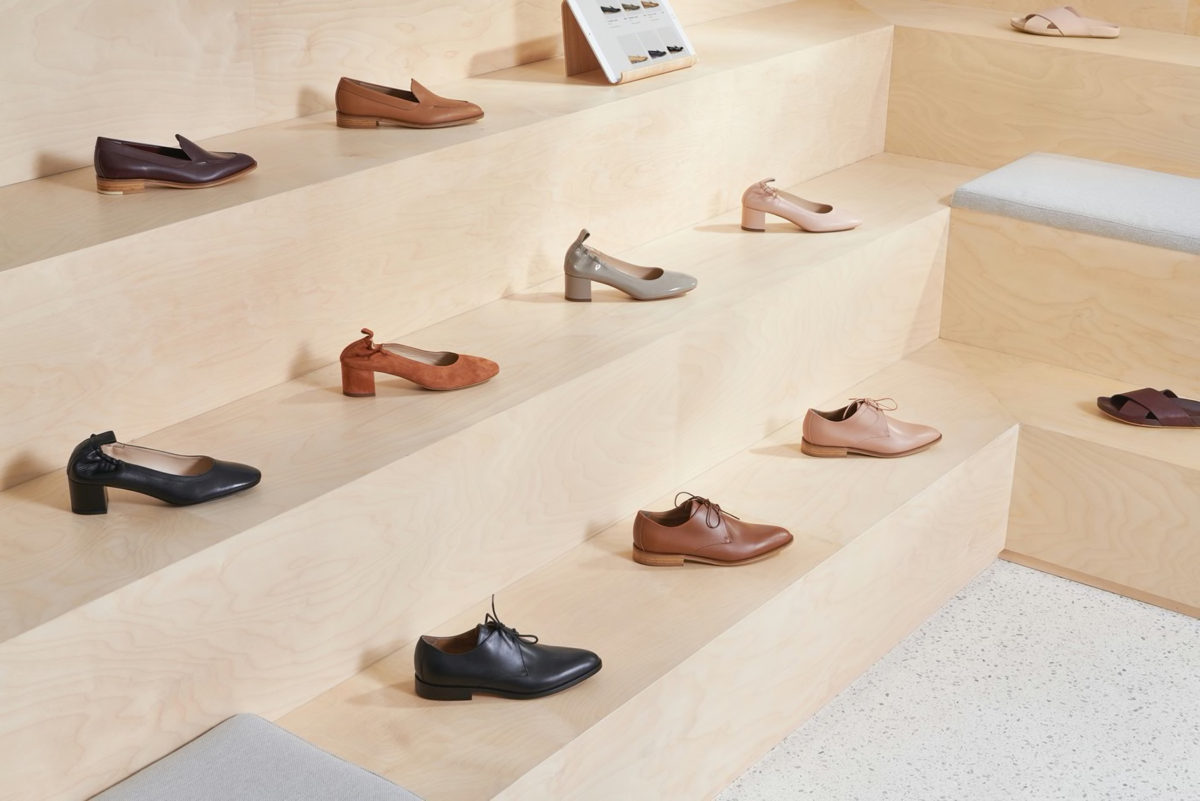
It’s worth checking whether a brand addresses all these separate areas, otherwise, I wouldn’t really consider them to be truly ethical and sustainable – even if they claim to be. Just to use Everlane’s example, they have always called themselves an ethical and transparent company, though environmental fashion experts have long pointed out that their environmental practices are nowhere near enough. It took them years to make their first environmental commitments (like only using certified organic cotton by 2023), they don’t have third-party verifications as a company (like B-Corp, Fair Trade), and they don’t use eco-friendly, innovative materials only in a portion of their products.
Reformation is (was) another trendy sustainable brand that has been shattered by emerging racism and discrimination scandals lately. While third-party sources have rated the company well on the sustainability scale, slowing down consumption has never really been a clear goal of the brand. In fact, just the opposite, the founder has stated several times that they plan to be a kind of sustainable Zara with similar fast production cycles (they bring new designs every 4-6 weeks). You can decide for yourself how sustainable that really is.
We cannot give blank sustainability checks to brands
In an ideal world, we shouldn’t have to put in hours of research before buying a simple T-shirt to check whether it was truly made ethically and sustainably because it would be the norm. In an ideal world, we could also trust brands when they claim they act as ethical and environmentally conscious companies.
But we don’t live in an ideal world (and knowing how capitalism works, we probably never will), which means that if we would like to behave as responsible consumers, we cannot save that research legwork. I’m not saying there are no trustworthy ethical brands out there because there are, but if we should learn anything about these scandals it is that it’s better to be safe than sorry.
+ check their about section and any sustainability reports they publish
+ check their social media feeds to see whether they actually do the work in real life (like showcasing their factories, publishing concrete actual facts and numbers, working with BIPOC models and influencers, etc.) and what people are saying in the comments
+ follow industry watchdogs and activists (like Diet Prada) that frequently hold brands accountable
+ google “is XY brand actually ethical and sustainable?” before a purchase – probably you’ll find authentic and trustworthy sources that can give you information about the behind-the-scenes happenings
Ethical and sustainable fashion became an influencer buzzword, but that doesn’t mean all influencers became true sustainability advocates
Similarly to other millennial and Gen Z brands, influencer marketing has been an integral part of Everlane’s strategy from the start. At first, they have mostly worked with more niche ethical and sustainable content creators but have quickly expanded to include bigger, and ‘more mainstream’ fashion bloggers who did Everlane try-ons, hauls, reviews, and a variety of other content. Everlane became an influencer darling – the clothes looked good, they were relatively affordable, and there was a certain feel-good, aspirational value attached to it. As sustainability started to become a mainstream issue, it was good to support a brand that was seemingly on the right side of fashion history.
However, over the last year, things began to change. While Everlane continued to be featured on many blogs and YouTube channels, more and more content creators in the ethical and sustainable fashion sphere started to voice some concerns about the brand – both about the lack of real sustainable efforts on their part, and the emerging labor rights and employee complaints. They were definitely genuine about these concerns and it shows that some content creators truly do the research work and value honesty and transparency over anything else.
After the latest scandals, I saw many mainstream influencers doing the same distancing – sometimes explicitly, but more often just vaguely alluding to some Everlane “issues” and mentioning that they will not be promoting their clothes anymore. Which is fine and all, but I can’t help but see some hypocrisy about their actions. I mean – how can I view them as trustworthy and authentic about sustainability if they say they cannot support Everlane anymore, but continue to make high street or luxury brand hauls when those companies are in many ways 10 times worse than Everlane? I’ve seen a video when an influencer once again mentioned the “Everlane problem” and vowed not to work with them anymore and then went on to showcase 2 new, €150 sweaters that were totally identical (in cut and color) to the one she had from Everlane and tried to justify those purchases (or rather, gifts) because Everlane was problematic. This is definitely not a conscious and sustainably-minded way to approach this issue and just goes on to show that some influencers are really best not to be trusted when it comes to ethical and sustainable fashion.
For brands: honesty above claims of perfection
The thing that in the end turned out to be the downfall of Everlane was what made them stand out in the beginning – their bold claims of radical transparency. People detest hypocrisy and rightly fail cheated when the curtains fall and the reality is not as rosy as a brand painted it to be. And as climate change and sustainability start to become mainstream issues, more and more consumers will take them into consideration when deciding where to spend their money. They are also becoming smarter and savvier – while greenwashing is still rampant, it will work less and less as we’ll see through the false and vague claims and demand concrete actions and facts.
Brands should realize that it’s much better to be honest and transparent about their shortcomings. Honestly, if a company claims to be perfectly sustainable and ethical and does not list any major issues that they know they need to make progress on, it’s a red flag for me. No one is perfectly sustainable, so just own up to it, do your best, and do not lie to consumers – it will come out eventually.
What now?
Everlane has weathered a few weeks of social media backlash, but as of now, it seems, they are through the worst. The majority of their customers will continue to support them, either because they are not aware of these issues or simply because they don’t care about them. This is, of course, not terribly surprising, given how fast fashion brands continue to thrive even though their environmental and human rights transgressions have been much better publicized.
This doesn’t mean raising awareness of unethical practices is pointless. The more of us take a stand against them, the more companies will feel the pressure. And sometime, hopefully, in the very near future, we will constitute a critical mass they cannot ignore anymore. Everlane may have survived this round, but there’s no guarantee they will be just as lucky the next time if they do not change their ways.
View this post on Instagram
For the time being, I’m putting Everlane on my no-shop list until we get reasonable proof that they treat radical transparency not just as a marketing slogan but as a core business practice. I hope I can put them back on my approved list because that would always be the main goal – to change companies for the better, not just cancel them. I will also continue to wear my Everlane pieces (and I recommend this to everyone who has purchased from them but feels cheated now), as discarding those items would be totally meaningless, not to mention, incredibly unsustainable.
Because while I hope to see more and more ethical and sustainable brands gaining popularity in the near future, we should never forget that the most sustainable wardrobe is the one we already own.

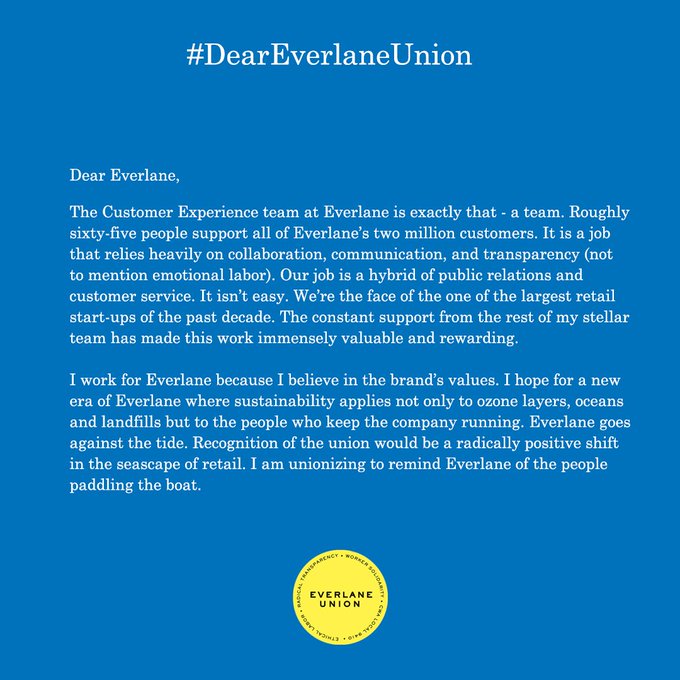
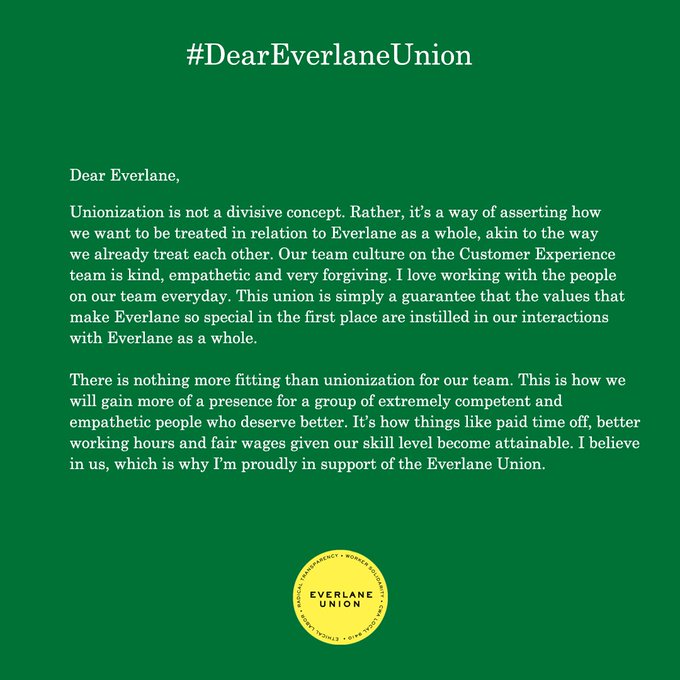
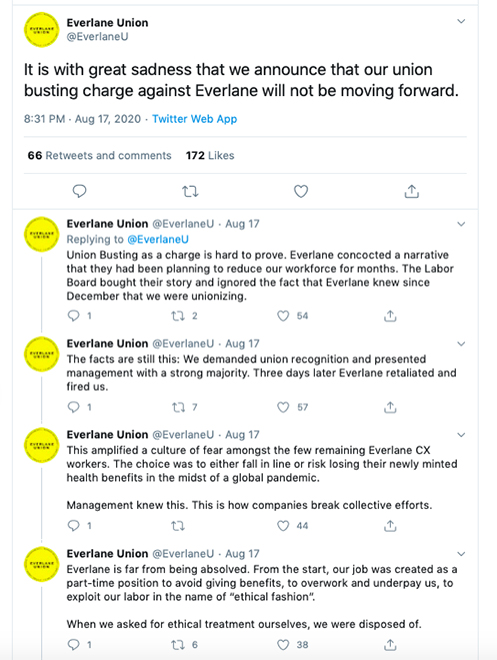
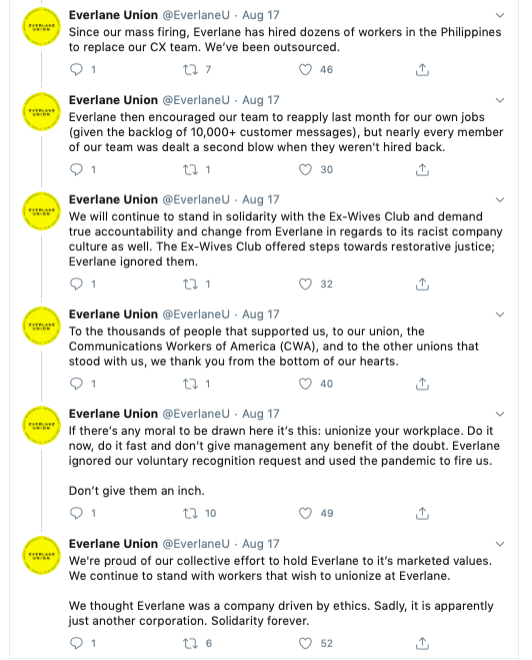
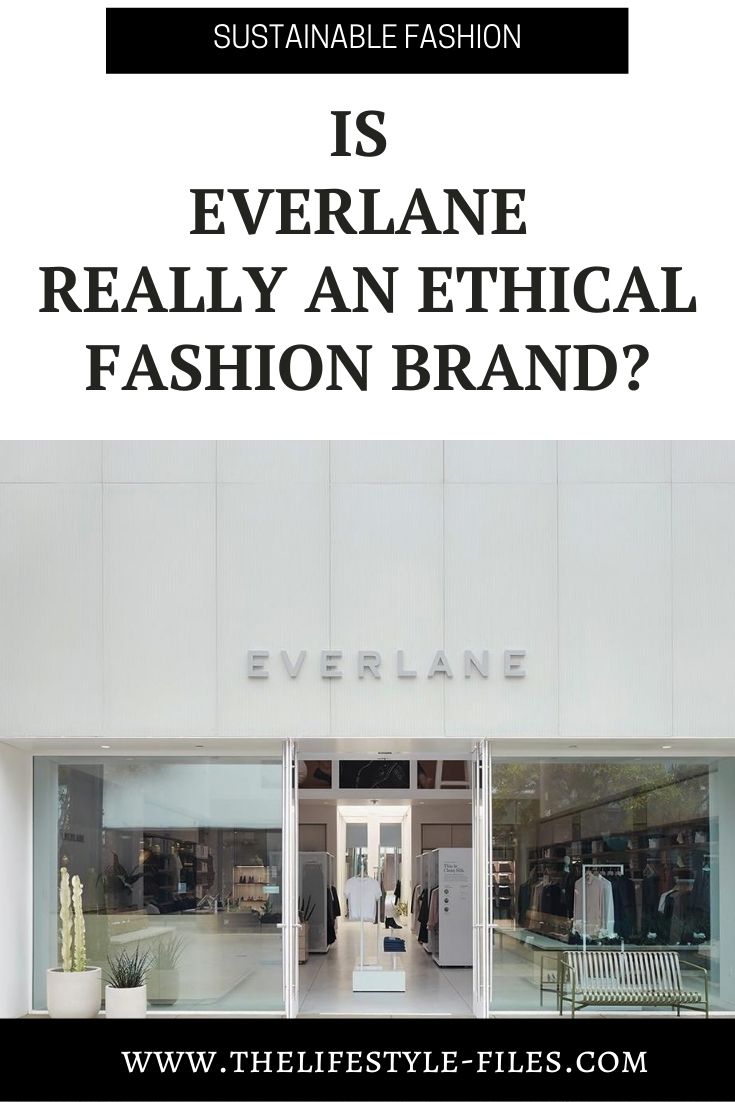
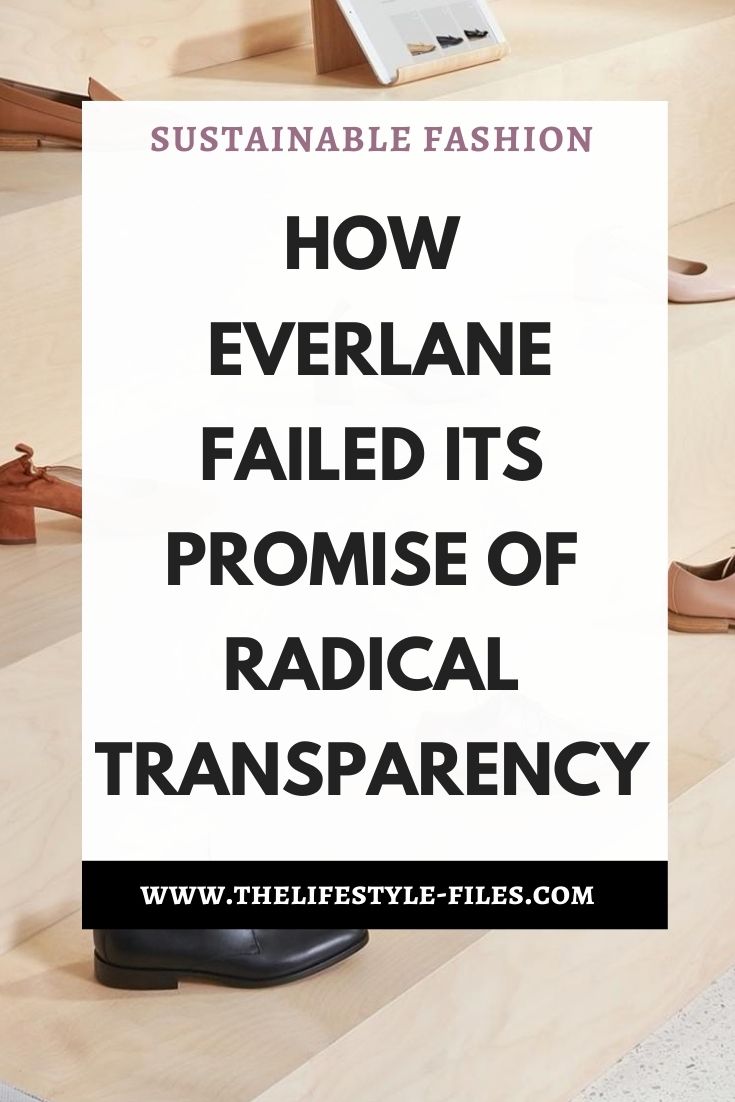

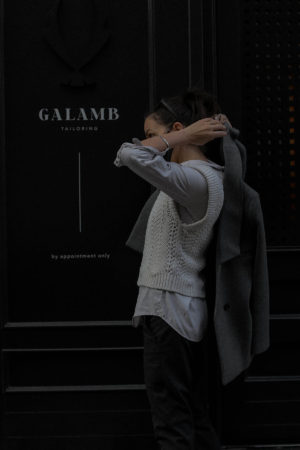

[…] I used to be a fan of Everlane, but I didn’t know about a lot of the underlying issues until I read Viktoria’s update about the company. […]
[…] How Everlane failed its promise of radical transparency – The Lifestyle FilesFor a long time, Everla… […]